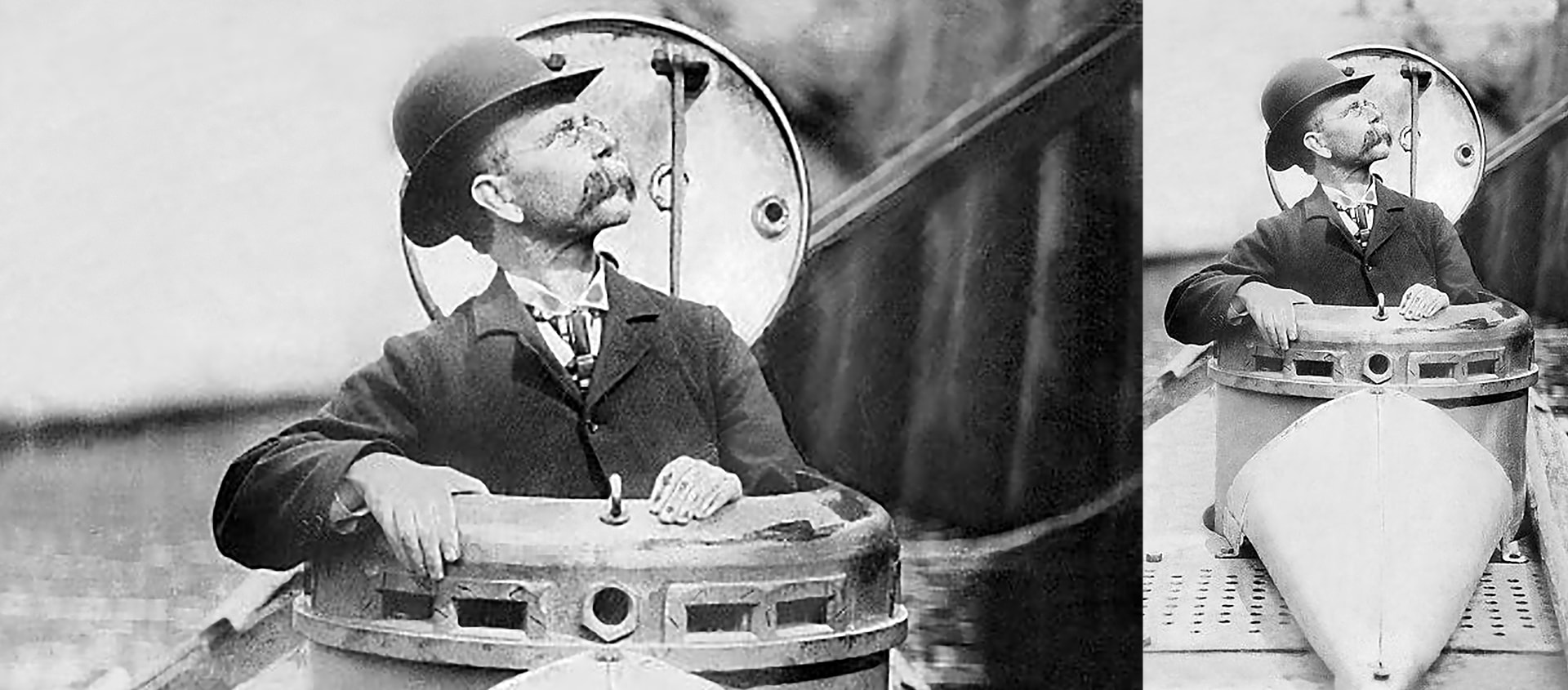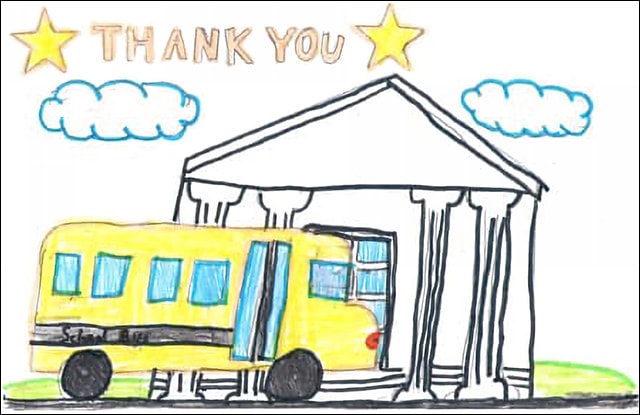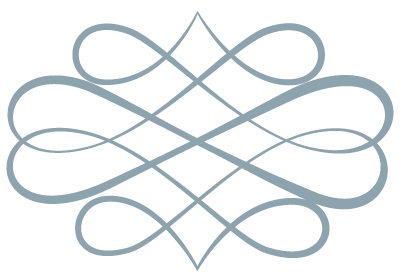
Eureka! Module - Lesson 3: Inventions: Mistakes & Improvements
Objectives: In this lesson, students will be able to identify inventions that happened as a result of a mistake. Students will be able to write an explanatory essay in which they discuss a time when a mistake they made turned into something positive. Students will also be able to identify that many inventions have been improved over time.
Students will create a timeline on the history of the bicycle, noting improvement made to this invention as well as identifying improvements made to inventions we use each day. Students will use a Venn diagram to compare and contrast bicycles of the past with present day bicycles.
Students will work collaboratively to make improvements to existing inventions and draw a diagram of the improved invention.
Description: In this lesson students will read articles about inventions that happened by mistake. They will also explore improvements made to inventions, and compare and contrast bicycles of the past with present day bicycles. Finally, students will work collaboratively to make improvements to an existing invention and draw a diagram of the improved invention.
Targeted Standards in this Lesson
Common Core State Standards Grade 4 English Language Arts
- CCSS.ELA-Literacy.RL.4.1 Refer to details and examples in a text when explaining what the text says explicitly and when drawing inferences from the text.
- CCSS.ELA-Literacy.RL.4.7 Make connections between the text of a story or drama and a visual or oral presentation of the text, identifying where each version reflects specific descriptions and directions in the text.
- CCSS.ELA-Literacy.RI.4.1 Refer to details and examples in a text when explaining what the text says explicitly and when drawing inferences from the text.
- CCSS.ELA-Literacy.RI.4.3 Explain events, procedures, ideas, or concepts in a historical, scientific, or technical text, including what happened and why based on specific information in the text.
- CCSS.ELA-Literacy.RI.4.4 Determine the meaning of general academic and domain-specific words or phrases in a text relevant to a grade 4 topic or subject area.
- CCSS.ELA-Literacy.RI.4.5 Describe the overall structure (e.g., chronology, comparison, cause/effect, problem/solution) of events, ideas, concepts, or information in a text or part of a text.
- CCSS.ELA-Literacy.RI.4.9 Integrate information from two texts on the same topic in order to write or speak about the subject knowledgeably.
- CCSS.ELA-Literacy.W.4.1 Write opinion pieces on topics or texts, supporting a point of view with reasons and information.
- CCSS.ELA-Literacy.W.4.1b Provide reasons that are supported by facts and details.
- CCSS.ELA-Literacy.W.4.2b Develop the topic with facts, definitions, concrete details, quotations, or other information and examples related to the topic.
- CCSS.ELA-Literacy.W.4.2d Use precise language and domain-specific vocabulary to inform about or explain the topic.
- CCSS.ELA-Literacy.W.4.4 Produce clear and coherent writing in which the development and organization are appropriate to task, purpose, and audience.
- CCSS.ELA-Literacy.W.4.5 With guidance and support from peers and adults, develop and strengthen writing as needed by planning, revising, and editing. (Editing for conventions should demonstrate command of Language standards 1-3 up to and including grade 4 here.)
- CCSS.ELA-Literacy.W.4.9 Draw evidence from literary or informational texts to support analysis, reflection, and research.
- CCSS.ELA-Literacy.SL.4.1 Engage effectively in a range of collaborative discussions (one-on-one, in groups, and teacher-led) with diverse partners on grade 4 topics and texts, building on others’ ideas and expressing their own clearly.
- CCSS.ELA-Literacy.SL.4.1c Pose and respond to specific questions to clarify or follow up on information, and make comments that contribute to the discussion and link to the remarks of others.
- CCSS.ELA-Literacy.SL.4.3 Identify the reasons and evidence a speaker provides to support particular points.
- CCSS.ELA-Literacy.SL.4.4 Report on a topic or text, tell a story, or recount an experience in an organized manner, using appropriate facts and relevant, descriptive details to support main ideas or themes; speak clearly at an understandable pace.
Common Core State Standards Grade 4 Math
- CCSS.MATH.CONTENT.4.MD.B.4 – Represent and interpret data. Make a line plot to display a data set of measurements (Measure increments for time line)
New Jersey Core Content Standards – Social Studies
- 6.1.4.C.12- Evaluate the impact of ideas, inventions and other contributions of prominent figures who lived in New Jersey.
- 6.1.4.C.16- Explain how creativity and innovation resulted in scientific achievement and inventions in many cultures during different historical periods.
New Jersey Core Content Standards – Science
- 5.1 Science Practices All students will understand that science is both a body of knowledge and an evidence-based, model-building enterprise that continually extends, refines, and revises knowledge.
New Jersey Grades 3-5 Technology Standards
- 8.2.5.B.4- Research technologies that have changed due to society’s changing needs and wants
- 8.2.5.C.3 – Research how design modification have lead to new products
Pacing Guidelines for Lesson 3:
This lesson will take three 45 minute periods.
Step 1
Ask the students to turn and talk to a partner to answer these questions, “Have you ever made a mistake?” “How did it make you feel?” “Did you keep going or did you give up?” “What happened after you made that mistake?” Let students share with the whole group.
Step 2
Introduce inventions that happened by mistake. Show samples of silly putty, post it notes, and bubble wrap. Let the students explore/play with them for a few minutes.
Step 3
Assign each group one of the articles to read and discuss. Then have them share what they learned with the group.
Step 4
Journal Writing: Think about the character traits we have discussed in previous lessons. Which traits do you think these inventors share? The next time you make a big mistake, what will you do?
Step 5
Writing Activity: Explanatory Prompt – Think about a time you made a mistake that turned into something positive. Write an essay explaining what happened.
Step 1
Say, “Think about some inventions that your parents grew up with, and the same inventions now” (i.e. television, telephone, computer, and car). How are these inventions different than in the past? Why do you think changes were made? Turn and talk with your partner.”
Step 2
Allow time for students to talk, then have them share as a whole group. Write some responses on the board.
Step 3
Explain that today, they will read an article “Timeline History of Bicycles“, and they will create a timeline of the changes that were made from the first bicycle, to the one they are riding today. Tell them that they will also use a Venn diagram, to compare and contrast bicycles of the past with present day bicycles.
Step 4
Give students time to read the article and complete the timeline (independently or with a partner).
Step 5
Have students work collaboratively on the Venn diagram noting similarities and differences.
Step 6
When students are finished with the timeline and Venn diagram, discuss their answers as a group.
Step 1
Review concepts from the previous day. Say, “Think about a current invention you would like to improve.”
Step 2
Have students work collaboratively in small groups to choose a current invention they want to improve. Ask them to draw a diagram and write a description of the improvements they make, and the reasons for the improvements.
Step 3
Ask each group to share their work.


